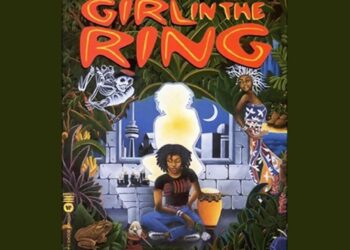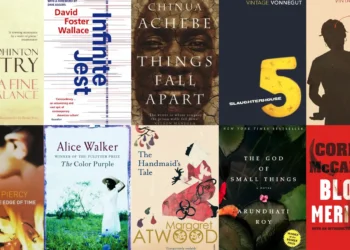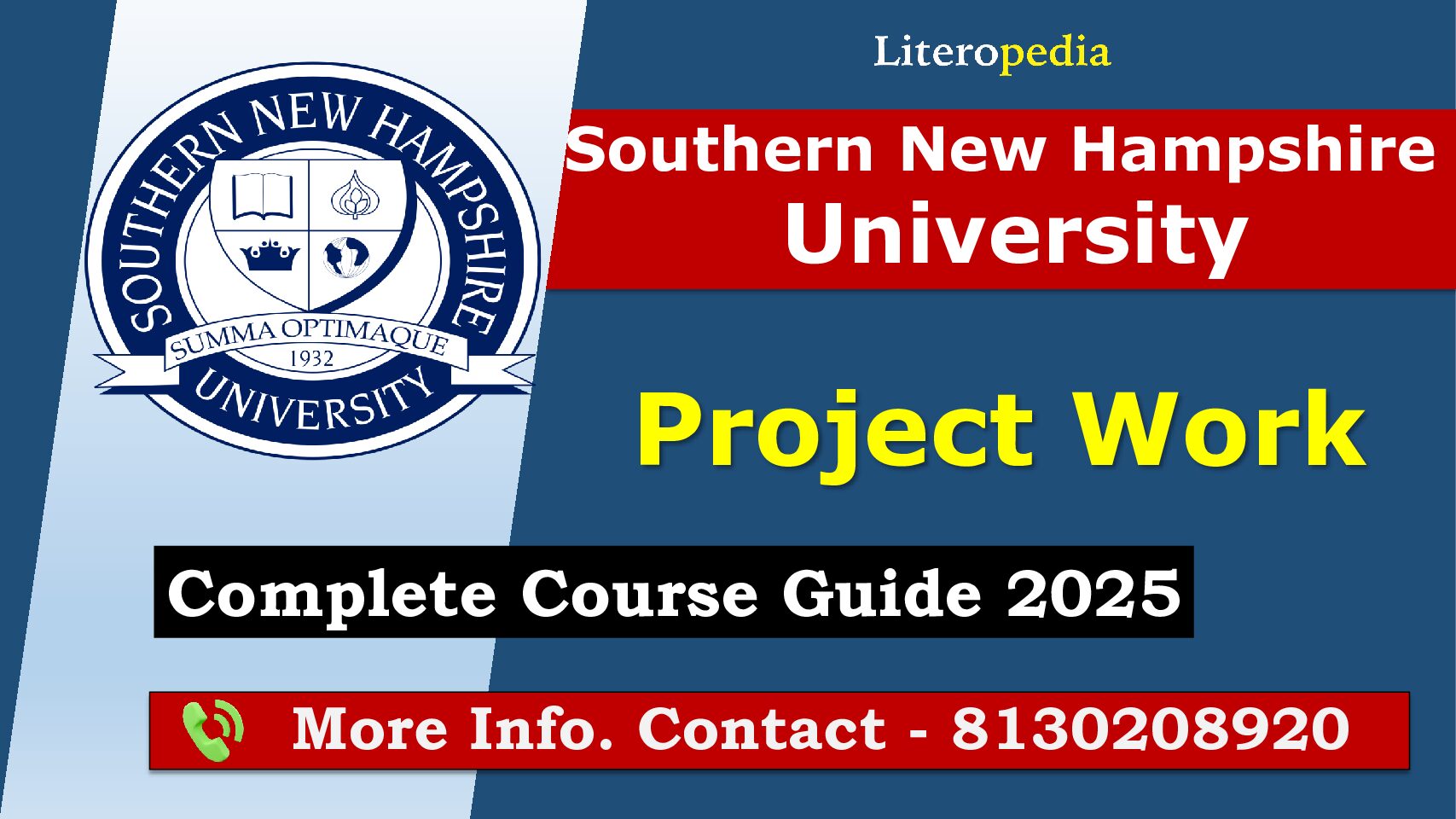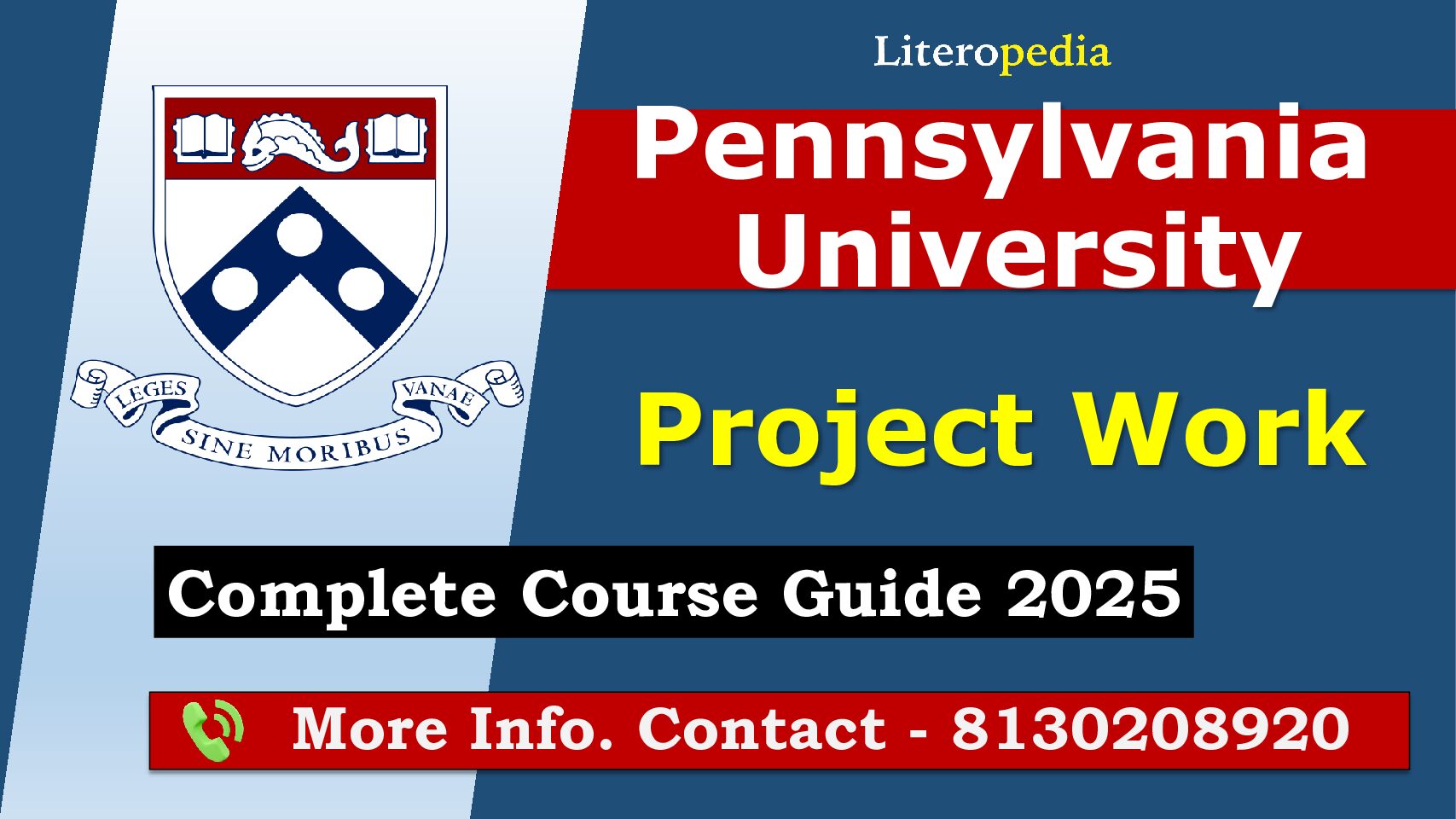50+ MCQs on George Eliot with Answers for UGC NET / SET /PHD Preparation
1. In which century did George Eliot live?
a. 17th
b. 18th
c. 19th
d. 20th
2. What was George Eliot’s real name?
a. Mary Ann Evans
b. Emily Brontë
c. Charlotte Brontë
d. Jane Austen
3. George Eliot’s novels are known for their:
a. Romanticism
b. Realism
c. Gothic elements
d. Surrealism
4. “Silas Marner” is a novel written by George Eliot. What genre does it belong to?
a. Historical fiction
b. Mystery
c. Bildungsroman
d. Social realism
5. What is the setting of “Middlemarch”?
a. London
b. Paris
c. Rome
d. A fictional English town
6. Which of the following is NOT a work by George Eliot?
a. “Adam Bede”
b. “Wuthering Heights”
c. “Daniel Deronda”
d. “The Mill on the Floss”
7. What pseudonym did George Eliot use when first publishing her works?
a. George Sand
b. George Eliot
c. Mary Ann Cross
d. Marian Evans
8. In “Middlemarch,” who is the protagonist?
a. Dorothea Brooke
b. Lydgate
c. Rosamond VincyMCQs on George Eliot
d. Caleb Garth
9. George Eliot’s writing often explores themes related to:
a. Gothic horror
b. Social and moral issues
c. Romantic loveMCQs on George Eliot
d. Fantasy
10. Which of the following novels by George Eliot has a strong focus on religious themes?
a. “Middlemarch”
b. “Silas Marner”
c. “Daniel Deronda”
d. “Adam Bede”
11. George Eliot’s partner and later husband was:
a. Charles Dickens
b. Thomas Hardy
c. George Henry Lewes
d. Robert Browning
12. What is the occupation of the protagonist in “The Mill on the Floss”?
a. Doctor
b. Farmer
c. Weaver
d. Lawyer
13. Which novel by George Eliot deals with the complex issues of Judaism and Zionism?
a. “Middlemarch”
b. “Felix Holt, the Radical”
c. “Daniel Deronda”
d. “Silas Marner”
14. In “Silas Marner,” what is the name of Silas’s adopted daughter?
a. Eppie
b. Maggie
c. HettyMCQs on George Eliot
d. Dorothea
15. George Eliot’s writing style is often characterized by:
a. Ornate language
b. Stream of consciousnessMCQs on George Eliot
c. Satirical humor
d. Realistic and psychological insight
16. What social issues are prominently addressed in George Eliot’s novels?
a. Women’s rights
b. Industrialization
c. Class disparity
d. All of the above
17. What is the subtitle of “Middlemarch”?
a. A Tale of Two Cities
b. A Study of Provincial Life
c. The Mill on the Floss
d. The Age of Innocence
18. Who is the central character in “Adam Bede”?
a. Dorothea Brooke
b. Silas Marner
c. Adam Bede
d. Felix Holt
19. In “Middlemarch,” what is the profession of Dr. Lydgate?
a. Clergyman
b. Physician
c. Lawyer
d. Engineer
Also Read-
50+ MCQs on Alexander Pope with Answers for UGC NET / SET /PHD Preparation
50+ MCQs on Samuel Johnson with Answers for UGC NET / SET Prepration
50+ MCQs on John Dryden with Answers for UGC NET / SET Prepration
20. What is the literary significance of George Eliot’s exploration of characters’ inner lives?
a. Psychological realism
b. Symbolism
c. Surrealism
d. Gothic elementsMCQs on George Eliot
21. Which of George Eliot’s novels is set in the rural community of Hayslope?
a. “Silas Marner”
b. “The Mill on the Floss”
c. “Middlemarch”MCQs on George Eliot
d. “Daniel Deronda”
22. What tragedy befalls the Tulliver family in “The Mill on the Floss”?
a. Fire
b. FloodMCQs on George Eliot
c. Earthquake
d. Famine
23. George Eliot’s novels often explore the impact of:
a. Industrial Revolution
b. French Revolution
c. American Revolution
d. Russian Revolution
24. Which character in “Middlemarch” is known for her passionate idealism?
a. Dorothea Brooke
b. Rosamond Vincy
c. Lydgate
d. Fred Vincy
25. In “Daniel Deronda,” what is the background of the titular character?
a. English aristocracy
b. Jewish heritage
c. Irish immigrant
d. Indian descent
26. George Eliot’s novels reflect her interest in:
a. Philosophy
b. Science
c. Religion
d. All of the above
27. What is the relationship between Tom and Maggie Tulliver in “The Mill on the Floss”?
a. Siblings
b. Cousins
c. Lovers
d. Friends
28. Which of George Eliot’s novels explores the political and social issues of the time, including radicalism?
a. “Silas Marner”
b. “Felix Holt, the Radical”
c. “Adam Bede”
d. “Middlemarch”
29. What is the social class background of the character Gwendolen Harleth in “Daniel Deronda”?
a. Aristocracy
b. Middle class
c. Working classMCQs on George Eliot
d. Lower class
30. George Eliot’s novels often contain elements of:
a. Tragedy
b. Comedy
c. Romance
d. Farce
31. Which of the following characters in George Eliot’s works faces issues related to illegitimacy and social stigma?
a. Dorothea Brooke
b. Eppie in “Silas Marner”
c. Hetty Sorrel in “Adam Bede”
d. Rosamond Vincy in “Middlemarch”
32. In “Middlemarch,” who is the wealthy industrialist and landowner?
a. Mr. Casaubon
b. Mr. Brooke
c. Mr. Bulstrode
d. Mr. Vincy
33. What is the primary theme of “Silas Marner”?
a. The consequences of greed
b. The search for identity
c. The impact of social class
d. The nature of love
34. Which character in “Middlemarch” struggles with financial difficulties and aspirations
of a political career?
a. Rosamond Vincy
b. Fred Vincy
c. Dorothea Brooke
d. Lydgate
35. George Eliot’s writing is often associated with the literary movement of:
a. Romanticism
b. Realism
c. Gothic fiction
d. Symbolism
36. What is the central moral dilemma faced by the characters in “Middlemarch”?
a. Love vs. duty
b. Wealth vs. poverty
c. Justice vs. injustice
d. Truth vs. deception
37. In “Adam Bede,” who is the young, beautiful, and seductive woman who creates a scandal in the community?
a. Hetty Sorrel
b. Dinah Morris
c. Mrs. Poyser
d. Mrs. Irwine
38. Which of George Eliot’s novels features a character who becomes a self-made man through hard work and determination?
a. “Silas Marner”
b. “Middlemarch”
c. “Felix Holt, the Radical”
d. “The Mill on the Floss”
39. George Eliot’s exploration of psychological complexity in characters is evident in:
a. Deep character analysis
b. Action-packed plots
c. Minimal character development
d. Stereotypical characterizations
40. What is the significance of the title “Middlemarch”?
a. It refers to a geographic location
b. It symbolizes the middle class
c. It represents the midpoint of a character’s life
d. It has no specific significance
41. In “Daniel Deronda,” what role does the character Mirah Lapidoth play in the narrative?
a. Governess
b. Maid
c. Singer
d. Heiress
42. What societal expectations and limitations are explored in George Eliot’s portrayal of women characters?
a. Economic independence
b. Educational opportunities
c. Marriage and domesticity
d. All of the above
43. Who serves as the moral compass in “Middlemarch”?
a. Dorothea Brooke
b. Mr. Casaubon
c. Mr. Bulstrode
d. Lydgate
44. What is the primary setting of “Silas Marner”?
a. London
b. The fictional village of Raveloe
c. Paris
d. The city of Middlemarch
45. What is the fate of the character Hetty Sorrel in “Adam Bede”?
a. She becomes a successful businesswoman
b. She marries a wealthy aristocrat
c. She faces a tragic end
d. She achieves spiritual enlightenment
46. In “Middlemarch,” what political ideology does the character Felix Holt advocate for?
a. Conservatism
b. Liberalism
c. Socialism
d. Anarchism
47. What role does religion play in George Eliot’s novels?
a. It is a central theme
b. It is completely absent
c. It is a minor aspect
d. It is only explored in one specific novel
48. What is the central conflict in “The Mill on the Floss”?
a. Class struggle
b. Sibling rivalry
c. Romantic entanglements
d. Man vs. nature
49. How does George Eliot’s background as an intellectual influence her novels?
a. She incorporates complex philosophical ideas
b. She avoids intellectual themes
c. She focuses solely on emotional narrativesMCQs on George Eliot
d. She disregards intellectual pursuits in her characters
50. What is the significance of the epigraph at the beginning of “Middlemarch”?
a. It provides a summary of the plotMCQs on George Eliot
b. It introduces the main characters
c. It offers a philosophical reflection on the theme
d. It has no specific significance
Answer
1. c. 19th
2. a. Mary Ann Evans
3. b. Realism
4. c. Bildungsroman
5. d. A fictional English town
6. b. “Wuthering Heights”
7. d. Marian Evans
8. a. Dorothea Brooke
9. b. Industrialization
10. c. “Daniel Deronda”
11. c. George Henry Lewes
12. c. Weaver
13. c. “Daniel Deronda”
14. a. Eppie
15. d. Realistic and psychological insight
16. d. All of the above
17. b. A Study of Provincial Life
18. c. Adam Bede
19. b. Physician
20. a. Psychological realism
21. b. “The Mill on the Floss”
22. b. Flood
23. a. Industrial Revolution
24. a. Dorothea Brooke
25. b. Jewish heritage
26. d. All of the above
27. a. Siblings
28. b. “Felix Holt, the Radical”
29. a. Aristocracy
30. a. Tragedy
31. c. Hetty Sorrel in “Adam Bede”
32. b. Mr. Brooke
33. b. The search for identity
34. b. Fred Vincy
35. b. RealismMCQs on George Eliot
36. a. Love vs. duty
37. a. Hetty Sorrel
38. c. “Felix Holt, the Radical”
39. a. Deep character analysis
40. a. It refers to a geographic location
41. c. Singer
42. d. All of the aboveMCQs on George Eliot
43. c. Mr. Bulstrode
44. b. The fictional village of Raveloe
45. c. She faces a tragic end
46. c. Socialism
47. a. It is a central theme
48. d. Man vs. nature
49. a. She incorporates complex philosophical ideas
50. c. It offers a philosophical reflection on the theme
















